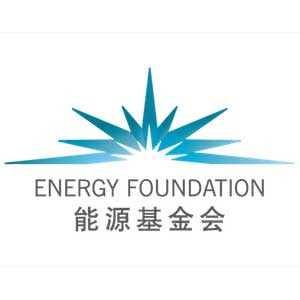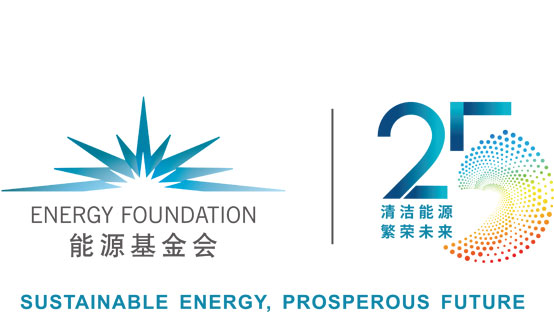Existing building energy saving retrofit policy research driven by contract energy management (CEM)
Existing building energy saving retrofit policy research driven by contract energy management (CEM)
Contract energy management (CEM), also known as energy performance contracting (EPC), is a market-oriented energy saving machanism to promote energy efficient retrofit for existing buildings. This full-service business mode use energy performance contracts to finance CEM projects, which offers energy service companies (ESCOs) and client a win-win situation.
In recent years, China state and local governments have staged a series of standards, regulations and policies for the promotion of CEM, which gives ESCO industry a chance to develop rapidly. The CEM output value reached 1250 billion by 2011 in china. And there were nearly 3900 energy service companies established till 2011, among which 1472 companies having experiences in implementing a CEM project.
However, CEM industry is still in the preliminary stage in china, and all sorts of technical issues have been increasingly prominent. Establishing baseline energy consumption is the most critical step in M&V method, and M&V method of energy saving is one core issue in CEM projects. These are the main barriers to develop CEM mechanism and the most time-consuming and difficult aspect of a successful CEM project.
CEM originated in U.S. and became one of the core business activities in U.S. ESCO industry. General standards that build technology platform for ESCOs and clients are IPMVP-2002, FEMP (Measurement & Verification for Federal Energy Projects, USDOE in 2000) and Guideline 14-2002 which discusses M&V method in more detail.
these standards have been widely used in U.S., they are not perfect when expanded to china because of the characteristic of Chinese exsiting buildings and other factors. The above three standards depend on large amounts of historial energy consumption data, especially the sub-energy consumption data. While most Chinese exsiting buildings didn’t install sub-metering device and lack sub-energy consumption data. Moreover, the complexity and indigestibility of these standards, particularly ASHRAE Guideline 14, bring Chinese CEM engineers back to the challenge of implementing CEM projects when the specific steps and process introduced in the standards are difficult to comprehend.
China has tied to compile several guides and codes of M&V method recently, such as <General technical rules for measurement and verification of energy savings> (GB/T 28750-2012) and <Technical code for the retrofitting of public building on energy efficiency>(JGJ 176—2009). GB/T 28750-2012 raises definitions of related concepts and its features from the aspect of energy saving calculation, which gives guidance to Chinese CEM projects. But Chinese CEM engineers encounter the same problem when using this rule because it lacks real CEM project cases and details on “how-to”.
This project aims to study on M&V method of energy savings in CEM projects so as to enhance the improvement of relative standards, regulations and policies in Shanghai based on case stuies, referring to IPMVP and ASHRAE Guidline 14. It also aims to investigate the benefits sharing mode in large public building CEM projects and to share experience in Shanghai and other cities via training and workshops.



